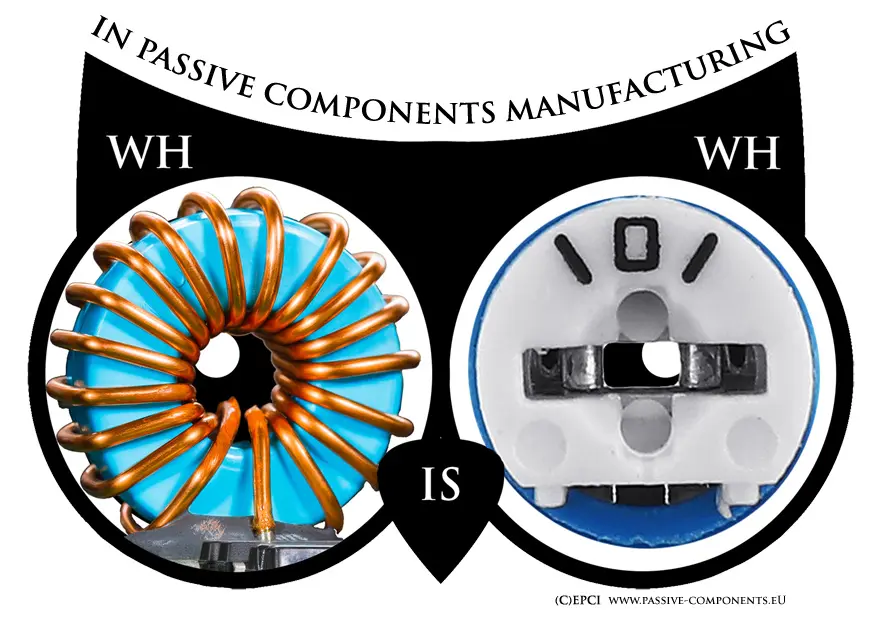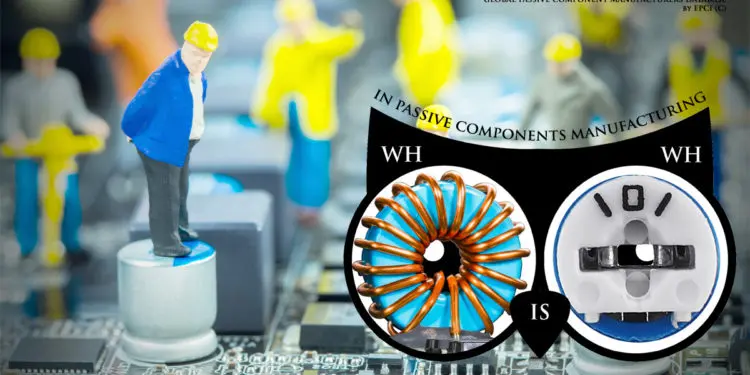EPCI European Passive Components Institute is pleased to announce release of its free online global passive manufacturing database WHO is WHO in Passive Components Manufacturing.
“We have been considering to make a global passive component manufacture database for some time. Nevertheless, under the current worldwide pandemic, we have speed up the effort to introduce this tool in shortest possible time frame. The situation highlights importance of web-sharing, web based tools and needs for quick assistance to electronic hardware manufacturers. This includes especially medical device makers that have to quickly multiply its production capabilities and under passive components shortage situation looking for alternative local or global sources.”
Tomas Zednicek, EPCI president and founder

The WHO is WHO in Passive Components Manufacturering is free online database that consists basic overview of over 300 passive component manufacturers (in time of release) that is possible to search per company application fields or component type basic and advanced filters. HQ location and SME indicators are also provided in brief sort-able overview table that enable quick orientation in searching for a local or global supply.
Manufacturers entry is free of charge upon filling a form that is reviewed by EPCI to avoid misused and incorrect information. EPCI member companies will be rewarded by direct weblink in the overview table for quick and easy access to their website.
The current database is prepared based on publicly available information and we will try to contact the companies with request for validation in next step, nevertheless we encourage all listed companies to check their inputs and contact us in benefits to all viewers.
The database will be continuously updated and expanded with new manufacturers, component types and options. For example, currently we are in discussion with distributors to include a link to their linecard manufacturers that may be beneficial for a quick potential sourcing info.
“Our mission is to support passive components industry with educational and information tools that are of essential value these days. Recently we add event calendar to promote passive components webinars, online workshops etc. The WHO is WHO in passive components manufacturing is the next tool that we believe will bring benefits to all passive electronic component users and makers”
The database is quite demanding application with extensive data and filtering capability that required increase in computing power of our servers. It has been extensively tested for reliable operation, however we release this in beta version for now to closely monitor its operation under load conditions and fix some eventual bugs that could occur.































